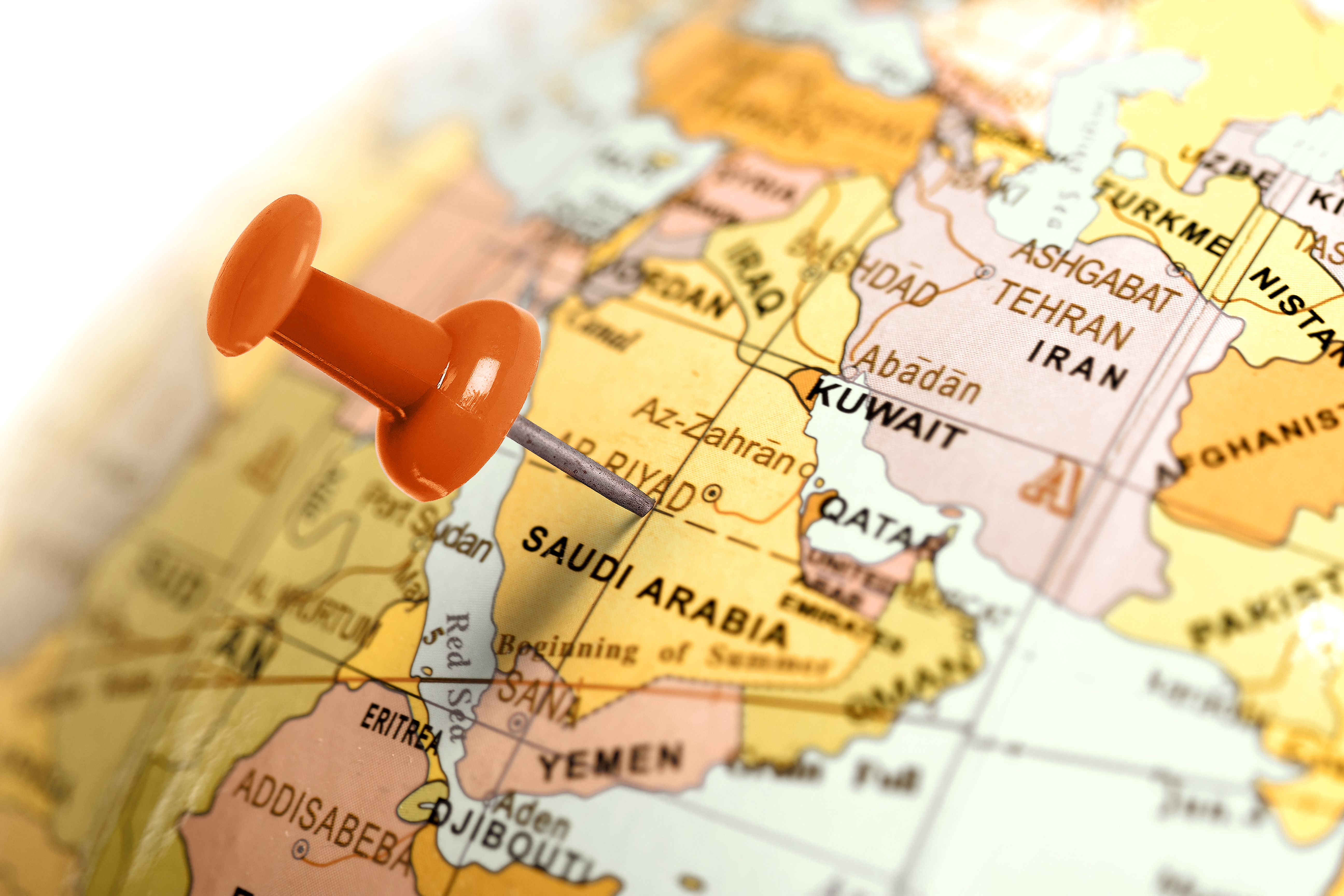
Saudi Arabia and OPEC are still in trouble.
Just a few of the articles making that point lately:
- Is OPEC near an end?
- Saudi Arabia reverses course on salary and subsidy cuts
- Continued drain of foreign reserves
3/31/17 – Oil Price – The End of OPEC is Near – Author Rakesh Upadhyay defines a cartel as:
…a group of like-minded producers, who act in concert—or collusion—to achieve a shared goal of increasing their profits by means of restricting supply, fixing prices, or destroying their competition by illegal means.
Article provides a history of OPEC’s efforts to control oil prices over the decades and then gives a recap of last few years.
OPEC tried to take out American shale drillers in 2014. Prices dropped further than they expected. Over 100 US producers went BK. US output dropped from 9.7M bopd to 8.9M bopd.
However, the drillers that survived developed more economical, more productive, and more effective techniques. Huge numbers of driller survived.
So, taking out US shale drillers didn’t work.
Thier next step? (Which also didn’t work?)
In November 2016, OPEC decided to cut production. Their target for oil was in the $60s. Unexpectedly, US production picked up quickly at $50.
Now OPEC is in a jam – they are losing market share, US drillers are recovering, and prices aren’t at their target level, let alone what they need to balance their national budgets.
The turmoil could result in the end of the OPEC cartel, so speculates the author.
4/29/17 print edition – The Economist – The Smell of Burnt Rubber (titled Saudi Arabia’s young prince U-turns on reform in the on-line edition) – Deputy Crown Prince Muhammad bin Salman appears to be effectively in control of government programs.
He launched the “Vision 2020” program to re-engineer the Saudi economy away from oil with most people on the government payroll and towards an entrepreneurial, diversified economy. I’ve mentioned that here.
To start the transition, the Crown Prince cut government salaries and a lot of the subsidies in place. Goal was to encourage people to start making that transition.
Quite abruptly, on 4/22, all the pay cuts were reversed. All the cuts in subsidies and perqs were restored.
Article speculates this is part of a power play for the Deputy Crown Prince to increase his popularity in regards to behind-the-scenes power plays that other senior leaders have in play to take away his power.
At least I think that is what the article says.
The cost, however, is expected to be $13B on top of an already expected $86B deficit for the year.
Article says capital is flowing out of the country and lots more people are working on grabbing a second passport (purpose of which is to get out of the country permanently if things go sour politically or economically).
5/1/17 – The Million Dollar Way – ”Holy Nightmare, Batman, What Do We Do Now?” – Article points to data that Saudi foreign reserves dropped about another 60B SAR from January 2017 to March 2017. That is after a drop of just over 200M SAR from May 2016 to January 2017.
The article points here for graphs. Eye-balling the 5 year graph shows roughly these amounts of reserves:
- ~2,050B SAR – 2012
- 2,800B SAR – peak in late ’14
- ~1,900B SAR – latest data
That is a drop of about 900B SAR since the Saudis and OPEC opened up production to drive down prices.
Here is my really rough translation of above info into US dollars, since my brain thinks in dollars:
- US$546B – 2,050B Saudi Riyal
- US$747B – 2,800B SAR
- US$507B – 1,900B SAR
That is a massive amount of hemorrhaging.
As a really wild guess, eyeballing of that drop shows a decline of somewhere around $250B in somewhere around 2.5 years (late 2014 to early 2017). That means if the trend continued there would be somewhere around five years left before foreign reserves are gone.
Oh, and look at the graph from late 2014 to now. It is essentially a straight line. It isn’t leveling off.